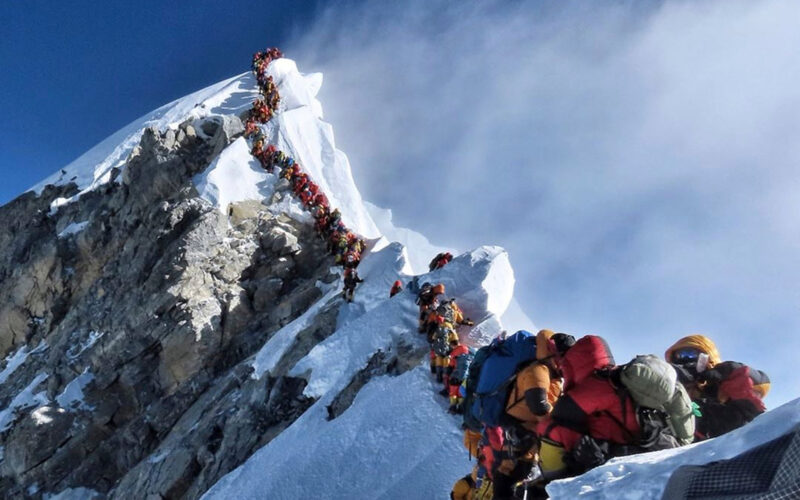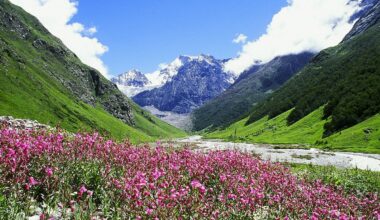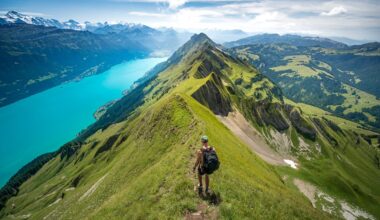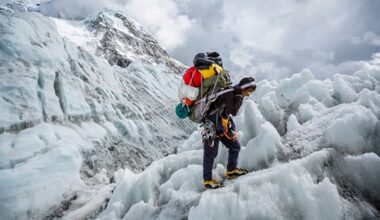Mount Everest, the world’s highest peak, has long captured the imagination of adventurers, trekkers, and mountaineering enthusiasts. Hiking Mount Everest isn’t just a physical challenge—it’s a life-changing journey that combines awe-inspiring landscapes, extreme conditions, and the thrill of conquering the tallest point on Earth. In this guide, we’ll share 7 incredible tips to make your Everest adventure unforgettable while ensuring safety, preparation, and maximum enjoyment.
Introduction to Hiking Mount Everest
Hiking Mount Everest is more than a trek; it’s a journey into the heart of the Himalayas. Whether you are an experienced mountaineer or a beginner seeking an extraordinary adventure, understanding what lies ahead is essential. From extreme altitude to unpredictable weather, the Everest trek demands preparation, stamina, and respect for nature.
Adventure travelers and trekking enthusiasts worldwide dream of standing at the foot or summit of Everest. But beyond the glory, the experience teaches resilience, discipline, and a deep connection with nature.
Understanding Mount Everest Basics
Mount Everest Height in Feet
Mount Everest, known as Sagarmatha in Nepal and Chomolungma in Tibet, reaches an astounding 29,032 feet (8,849 meters) above sea level. Its colossal height makes it the ultimate challenge for trekkers and mountaineers.
Where is Mount Everest Country
Mount Everest straddles the border between Nepal and Tibet (China). Most trekking routes start from Nepal’s Everest Base Camp, a popular destination that provides a challenging yet achievable adventure for trekkers.
Who Climbed Mount Everest First
Sir Edmund Hillary of New Zealand and Tenzing Norgay, a Sherpa of Nepal, were the first confirmed climbers to reach the summit in 1953. Their historic achievement set the stage for decades of mountaineering exploration in the Himalayas.
Preparing for Your Mount Everest Trek

Table of Contents
Preparation is key to a successful Everest adventure. Trekking Mount Everest isn’t just about physical endurance—it also involves meticulous planning.
- Physical Fitness: Cardiovascular strength, endurance, and core stability are essential. Consider hiking, running, and strength training months before your trek.
- Mental Preparation: The trek can be mentally taxing. Building mental resilience helps manage stress and altitude challenges.
- Gear and Clothing: Layered clothing, waterproof jackets, insulated boots, gloves, trekking poles, and a reliable backpack are crucial.
- Acclimatization: Gradual acclimatization prevents altitude sickness. Plan your trek with rest days and consider training at higher altitudes beforehand.
7 Incredible Tips for Hiking Mount Everest
Tip 1: Start Training Early
The higher you go, the thinner the air becomes. Begin mountaineering training at least 6–12 months in advance, focusing on endurance, hiking with weighted backpacks, and altitude simulation if possible.
Tip 2: Choose the Right Season
The pre-monsoon (April-May) and post-monsoon (September-October) seasons offer the most stable weather. These periods reduce the risk of avalanches, extreme cold, and poor visibility.
Tip 3: Hiring Guides & Sherpas
Hiring experienced guides and Sherpas ensures safety, logistics management, and local knowledge. Sherpas are indispensable for carrying loads, setting up camps, and guiding climbers through treacherous routes.
Tip 4: Gear Up Strategically
Invest in high-quality trekking and climbing gear:
- Layered clothing for temperature control
- Oxygen supplies and masks
- Trekking poles and crampons
- First-aid kit with altitude sickness medications
Tip 5: Monitor Your Health
Regularly check for symptoms of altitude sickness, including headaches, dizziness, nausea, and fatigue. Descend immediately if symptoms worsen. Staying hydrated and consuming sufficient calories is equally important.
Tip 6: Plan Your Route
Popular trekking routes include Everest Base Camp, Kala Patthar, and Gokyo Lakes. Plan for gradual ascent, acclimatization days, and possible weather delays. Maps, GPS devices, and trekking permits are essential.
Tip 7: Respect the Environment
Mount Everest’s fragile ecosystem requires trekkers to leave no trace. Avoid littering, carry reusable water bottles, and dispose of waste responsibly. Respect local customs and wildlife.
Common Questions About Hiking Mount Everest
How Long Does It Take to Climb Mount Everest?
Climbing Mount Everest typically takes 6–10 weeks, depending on your route, acclimatization schedule, and weather conditions.
Mount Everest Deaths – Understanding Risks
Climbing Everest is risky. Factors include altitude sickness, avalanches, extreme cold, and falls. Proper preparation, experienced guides, and cautious planning minimize these dangers.
I Want to Climb Mount Everest – Where Do I Start?
Start with training treks in the Himalayas, build experience in high-altitude trekking, research permit requirements, and consult mountaineering experts or agencies.
How to Climb Mount Everest for Free – Reality vs Myth
Climbing Everest for free is virtually impossible due to costs for permits, guides, gear, and logistics. Focus on budgeting and fundraising if affordability is a concern.
Related Treks to Explore
If you’re interested in other remarkable trekking destinations in the Himalayas, consider exploring:
- Valley of Flowers Park – Known for its alpine meadows and vibrant flora
- Gokyo Lakes Trek – Scenic lakes and views of Everest
- Annapurna Circuit – Diverse landscapes and cultural experience
These treks provide excellent preparation for Everest while offering breathtaking landscapes and adventure.
Conclusion
Hiking Mount Everest is a journey of a lifetime. Proper preparation, understanding the mountain, hiring guides, monitoring your health, and respecting the environment are crucial. By following these 7 incredible tips, you can make your adventure unforgettable while staying safe and fully immersed in the Himalayan experience.






